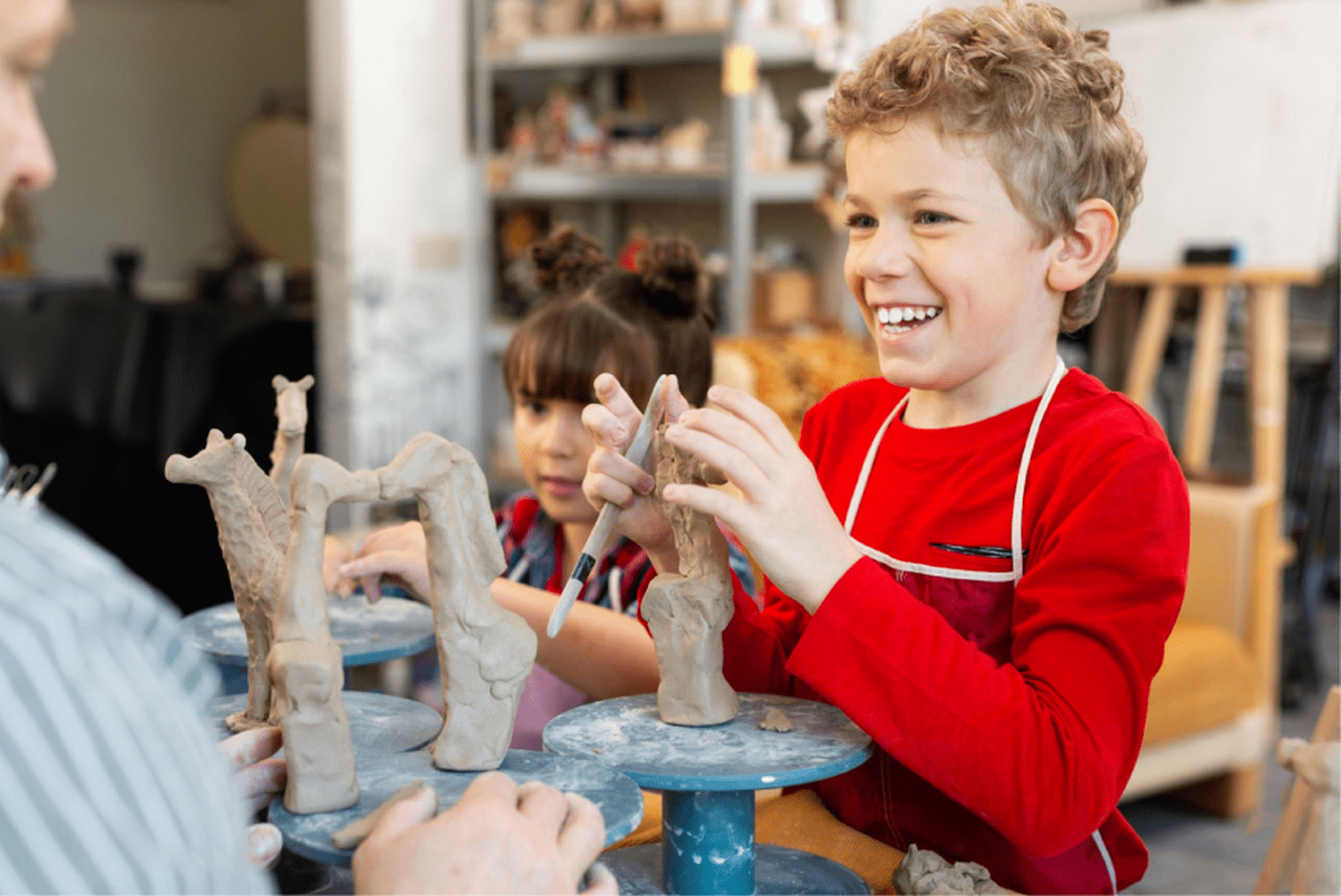Sculpture, as the art of creating three-dimensional forms, has a long and fascinating history, encompassing a wide range of styles, techniques, and cultures. From ancient statues to contemporary installations, sculpture reflects changes in society, technology, and artistic expression. In this overview, we will explore the key stages of sculpture’s development from its origins to the present day.
Ancient World
Ancient Egypt
Sculpture in Ancient Egypt was closely linked to religious and funerary practices. The primary materials used were stone and wood. Egyptian sculptors created statues of gods, pharaohs, and sacred animals, often placing them in temples and tombs. Notable examples include the Great Sphinx and statues of pharaohs.
Ancient Greece
Greek sculpture is renowned for its pursuit of the ideal human form and proportions. During the Classical period (5th–4th centuries BC), outstanding works such as the statues of David and the Venus de Milo emerged. Greek sculptors, including Phidias and Praxiteles, introduced the concept of the “golden ratio” and naturalism in forms, which greatly influenced subsequent eras.
Ancient Rome
Roman sculpture borrowed much from the Greeks but added a layer of realism. The Romans were known for their portraits and busts, often depicting historical and political figures. Examples include the “Bust of Julius Caesar” and the “Column of Trajan,” which narrates the military exploits of the emperor.
Middle Ages
Romanesque Style
During the Middle Ages, sculpture was often used in architectural decorations for churches and cathedrals. The Romanesque style is characterized by massive forms and simplified but expressive images. Sculptures frequently depicted biblical scenes and saints.
Gothic
With the advent of the Gothic period in the 12th–16th centuries, sculpture became more refined and detailed. Gothic sculptors aimed to convey emotions and movements, adding more intricate and complex details to their work. Examples include the sculptures on the facades of cathedrals, such as Notre-Dame in Paris.
Renaissance
Renaissance
The Renaissance (14th–17th centuries) marked a return to classical ideals and a study of the human body. Masters like Michelangelo and Donatello created works that combined realism with ideal proportions. Michelangelo’s “David” and “Pietà” became symbols of this era.
Modern Period
19th Century
In the 19th century, during the Romantic and Realist periods, sculpture began to explore new forms and techniques. Artists like Auguste Rodin created works that expressed emotions and inner states. Rodin’s “The Thinker” and “The Kiss” are iconic pieces of this time.
20th Century
Modern sculpture evolved in various directions, such as abstract art and constructivism. Artists like Pablo Picasso and Constantin Brâncuși experimented with forms and materials, creating works that often departed from traditional notions of sculpture. Picasso, for instance, used geometric shapes in his “Dove of Peace,” while Brâncuși sought minimalist yet expressive forms in his “Birds.”
Contemporary Era
In recent decades, sculpture continues to evolve, incorporating modern technologies and materials. Installations, multimedia projects, and digital sculpture are becoming increasingly popular. Artists such as Damien Hirst and Yayoi Kusama use sculpture to create interactive and conceptual works that reflect contemporary social and cultural trends.
Conclusion
The history of sculpture is a continuous development from ancient statues to modern installations. Sculpture remains a vital part of artistic expression, reflecting changes in society and technology. Each era has brought new approaches and ideas, contributing to the diversity and richness of sculptural art.





